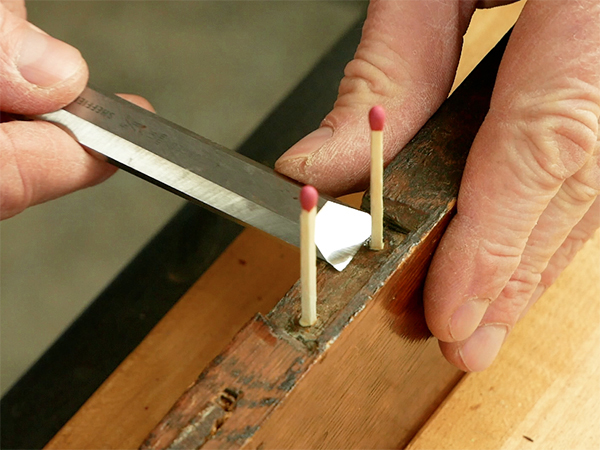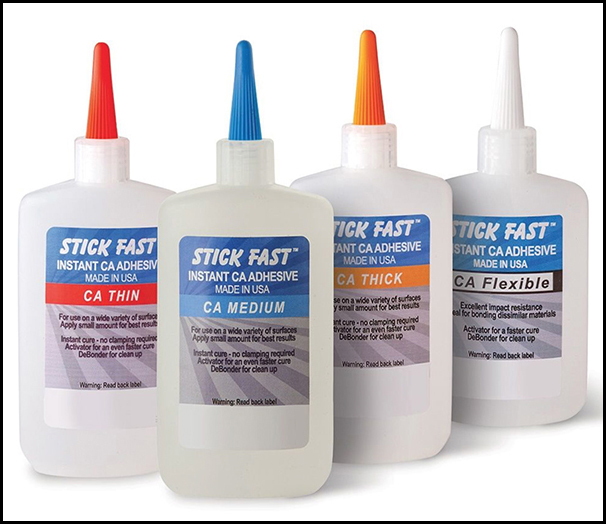
I have a very old drop-leaf walnut table. One side has a functioning table lock. The other side has none but needs one. The mounting screws for the table lock, being close to the edge, are splitting the wood. How can I adhere the table locks to the walnut? Is there an adhesive or epoxy I can use? Are there any adhesive I should avoid? – Dan Rodkey
Tim Inman: I would advise against attempting to bond or glue the lock parts to the table. It will not be successful over the long haul. Plus, when the bond fails, you’ll then have an even bigger mess to clean up and try again.
I have seen this type of damage many times over the years. Almost certainly, the problem is rooted not in the stress applied to the lock, but to the lack of a proper pilot hole drilled into the wood in the first place. Walnut and maple split like crazy. If the screws are “bullied” into a too-small pilot hole, or no pilot hole at all, the wood will split. So what to do now? First, make sure the pilot hole is big enough for the screws you intend to use! Second, and I have had great results doing this: fortify the screw hole with a bonding adhesive. I like to use water-thin CA glue for this. Apply a small drop or two to the empty hole, and watch it leach into the wood like magic. Once it permeates into the wood fibers, it will harden. This gives a very strong and repaired socket hole to accept the wood screw. Since the wood screw threads are probably already compressed into the wood fibers, it is almost like making a hard-tapped wood thread. You could also use an epoxy if that is all you have available. It would be my second choice. Giving the screws a little coat of soap or oil will make it easier for the next guy to unscrew the latch in the future. Otherwise, you risk welding the screws into the wood — not good….
Chris Marshall: I love Tim’s advice here — practical and easy! I’ll offer an additional suggestion. If the old screw holes are worn overly large, I’d probably fill them with a sliver of wood and then drill new pilot holes. I’d start by clamping across the wood part’s thickness to keep the wood from splitting further, and bond the splits with CA as Tim recommends. When that cures, I’d keep the clamp in place and drive the sliver into the old pilot hole. The sliver could be a bit of a wooden golf tee, a matchstick, bamboo skewer, or whatever is small enough to fit the hole. Glue the sliver in with more CA glue. Now drill a pilot hole (large enough, of course!) right into the sliver, and thread the screw in again. It’s an old DIY fix, but it works well!
I shot a video of repairing screw holes a while back for our magazine. Click here to watch it.






